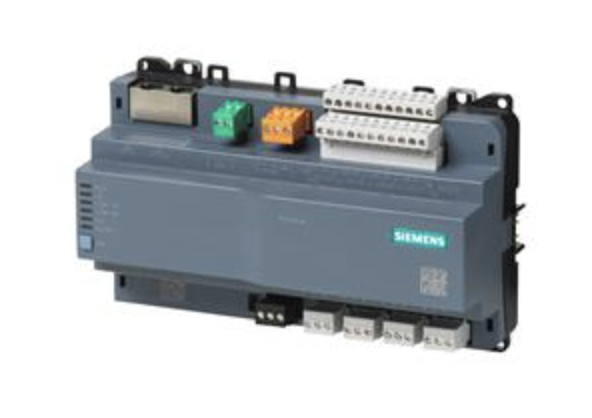A vulnerability affecting building automation controllers from Siemens can be exploited to disrupt a device for an extended period of time, according to OT and IoT cybersecurity firm Nozomi Networks.
Nozomi researchers recently analyzed Siemens’ PXC4.E16, a programmable building automation system (BAS) of the Desigo family that is designed for HVAC and building service plants.
They discovered that the device, specifically its ABT Site Engineering and Commissioning Tool, is affected by a vulnerability that can be exploited for denial-of-service (DoS) attacks.
The vulnerability has a severity rating of “medium” based on its CVSS score, but cybersecurity experts have often warned that in industrial environments a DoS attack can have a major impact.
The flaw, identified as CVE-2022-24040, is related to the use of the PBKDF2 key derivation function for securing user passwords. A malicious insider or an attacker who has “user profile access” privileges to the tool can create or update an account and cause a DoS condition by attempting to log in to that account.
“The web application fails to enforce an upper bound to the cost factor of the PBKDF2 derived key during the creation or update of an account,” Siemens explained in its advisory. “An attacker with the user profile access privilege could cause a denial of service (DoS) condition through CPU consumption by setting a PBKDF2 derived key with a remarkably high cost effort and then attempting a login to the so-modified account.”
The tests conducted by Nozomi showed that, in a worst-case scenario, an attacker could “make the device unavailable for days just by attempting a login,” and they could repeat the process to further extend the controller’s downtime.
“It is also possible that threat actors can attack BAS while simultaneously launching a catastrophic attack on other industrial control systems (ICS) within a facility. If the fire alarm system or other systems are DDoSed, it could intensify a cyber-physical attack,” Nozomi warned.
Siemens patched the vulnerability this week, along with six other flaws affecting its Desigo PXC and DXR devices.
Related: New Vulnerabilities Can Allow Hackers to Remotely Crash Siemens PLCs
Related: Siemens Addresses Over 90 Vulnerabilities Affecting Third-Party Components
Related: Many IoT Devices Exposed to Attacks Due to Unpatched Flaw in uClibc Library














